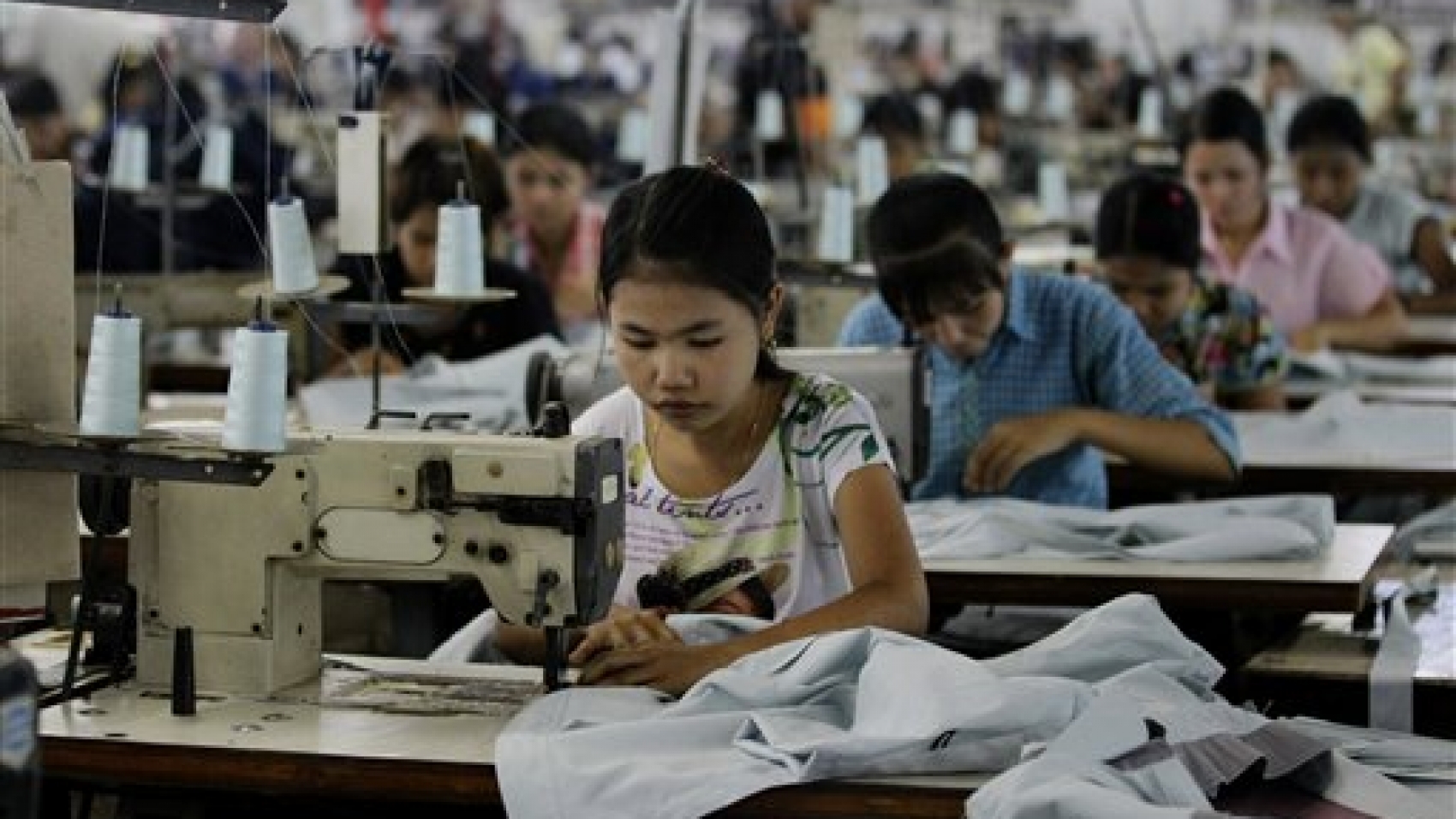The Pathein Bridge (2), which directly connects Pathein’s Mahabandoola Road with the west bank of Ngawun River in Ayeyarwady Region, will officially open for traffic in September. The bridge, which was constructed to accommodate rising traffic as a result of housing expansion by the river, was complete in July and stress tests were conducted last week. Passenger vehicles will be able to use bridge between 5am and 7pm before the official opening next month.
Construction of the 725-meter long Pathein Bridge (2) began in November 2018. The Ministry of Construction is now seeking approval from arliament to build a new bridge in Thanlwin, Shan State, using a €8.4 million loan from Austria. The objective of the loan is to buy good quality, high-tech European products like cable-stayed bridge material, steel frames and accessories for necessary to build proper infrastructure. The current Thanlwin bridge, which connects Central Myanmar to Shan State, has been used since 1999, allowing it to accommodate only 16 tonnes of weight at a time compared to its original capacity of 30 tonnes. COnsequently, cargo from large 10-wheel trucks must be transferred to smaller vehicles to enable the goods to pass.
The entire process is too time consuming and not conducive for business. The new cable-stayed bridge will be 870 feet long and its maximum load capacity will be 60 tonnes.The loan, which is being granted by the Austrian Uni Credit Bank, interest-free and repayable within 28.5 years. This includes a 14-year grace period. The Bridges Department under Ministry of Construction completed 540 concrete bridges, 22 wooden bridges, 17 Bailey bridges, 86 cable-stayed bridges and 1,410 Box Culverts in the fourth year of this government’s term.
Source: Myanmar Times

